Vietnamese coffee has developed a reputation as one of the boldest and strongest coffees in the world. But what gives this exotic brew its intense flavor and sky-high caffeine content? The answers lie in Vietnam's unique coffee culture, brewing rituals, and preference for robust Robusta beans.
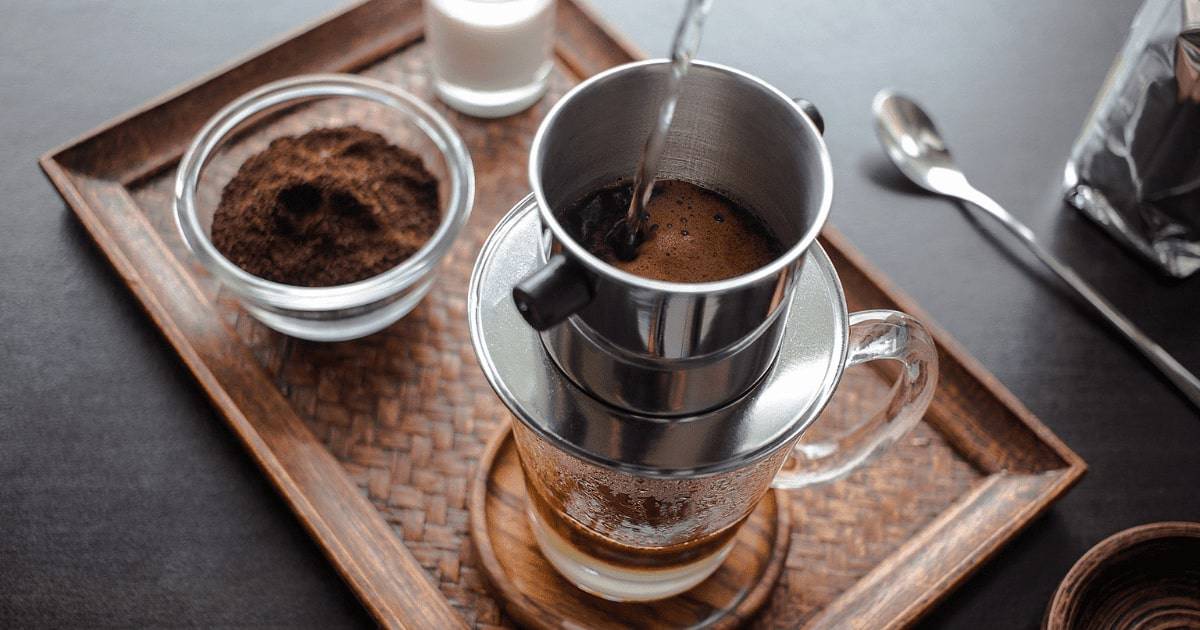
Let us explore all the elements that come together to create an exceptionally potent cup of Vietnamese coffee. Discover what makes the Vietnamese coffee experience so thrilling for hardcore coffee fanatics, yet potentially overpowering for newcomers.
The Robusta Beans Give Vietnamese Coffee a Strong Kick
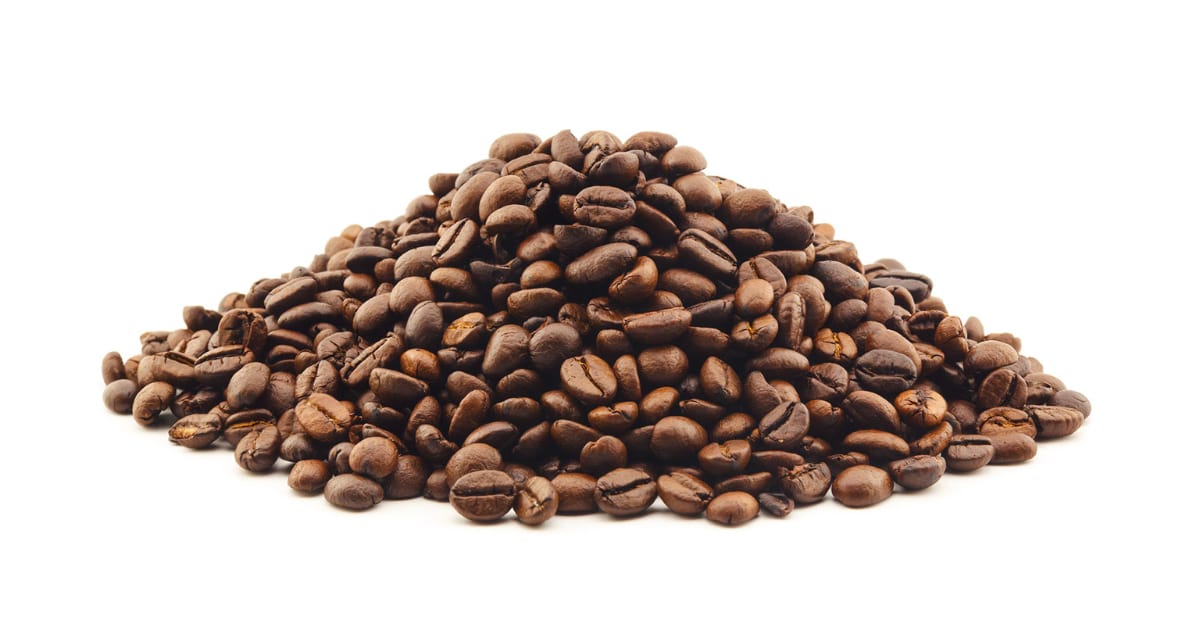
Vietnamese coffee gets it's signature robust, potent flavor from the use of Robusta coffee beans. Robusta beans contain almost double the amount of caffeine compared to the more commonly used Arabica beans - about 2.2-2.7% caffeine content versus 1.2-1.5%.
This higher caffeine content translates into a stronger, bolder coffee with a more intense flavor. Beyond just caffeine levels, Robusta beans also have other characteristics that distinguish them:
- Higher chlorogenic acid content makes Robusta more resistant to pests and disease. This allows Robusta plants to be grown in a wider variety of conditions compared to the more fragile Arabica.
- Less sugar and fewer fats than Arabica beans, resulting in a more bitter taste profile with dark chocolate, peanut, and rubbery notes.
- A straight crease down the middle of the bean, whereas Arabica beans have a wavy crease. Robusta beans also tend to be smaller and rounder.
Nearly all coffee grown in Vietnam is Robusta, which gives Vietnamese coffee its trademark strength.
Traditional Brewing Methods Extract Maximum Flavor
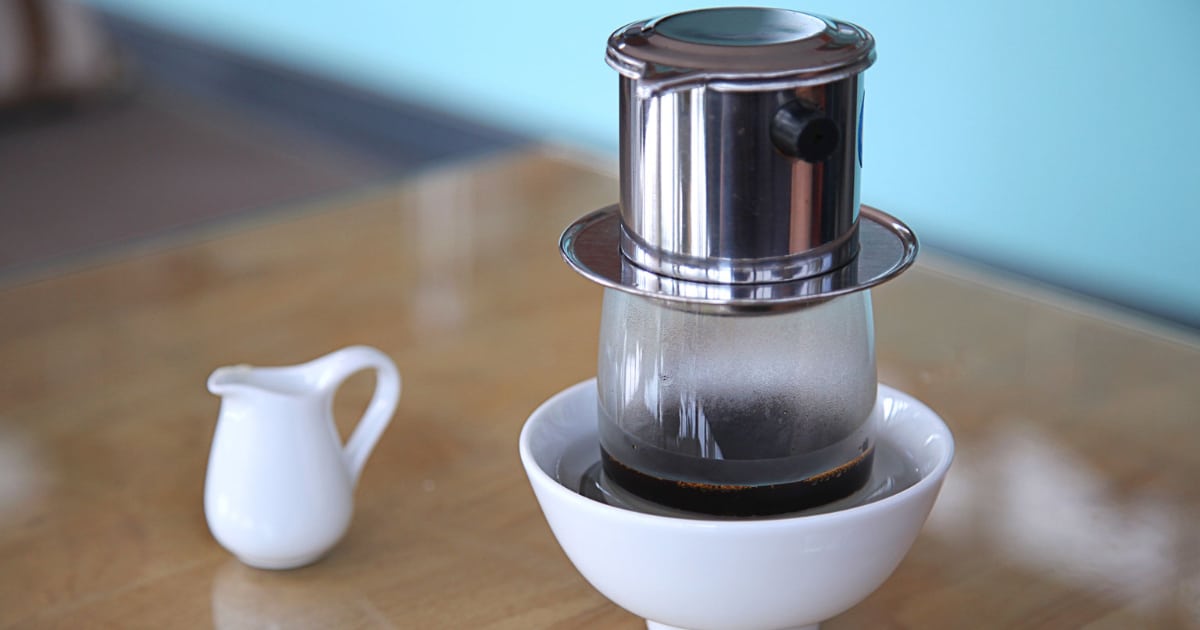
In addition to the beans themselves, traditional Vietnamese brewing techniques also contribute to the intense and bitter flavor. Vietnamese coffee is brewed using a small metal drip filter called a phin.
The phin allows the coffee grounds to steep in hot water for 3-5 minutes, slowly extracting the oils, flavors, and caffeine from the beans. The longer contact time and restricted flow result in a thick, potent coffee concentrate.
Unlike standard drip machines which use paper filters, the phin's metal filter allows more coffee oils to pass through for a richer mouthfeel. And unlike espresso's quick high-pressure extraction, the phin's gradual process develops the complexity.
The phin's small size means a higher coffee ground-to-water ratio, producing a concentrated shot. And the grounds are ground finely to restrict flow, but not so fine as to clog the filter completely.
This traditional manual brewing ritual brings out the best of the Robusta bean.
Dark Roasts Add Roastiness Without Bitterness
Traditional Vietnamese coffee relies on dark roasts, adding rich toastiness to the already bold Robusta beans. However, unlike some dark roasts which can taste burnt and acrid, Vietnamese coffee achieves an intense dark flavor while avoiding bitterness.
This is accomplished through low-heat roasting for an extended 15-20 minutes. The longer roast accentuates the chocolatey, nutty notes in the Robusta beans without scorching them. It also reduces their inherent bitterness and harshness.
The result is a coffee boasting full dark roast character - strong, chocolatey, and warming - but smoother than you would expect. The dark roast complements the strength of the Robusta while rounding off the edges.
Local Vietnamese Palates Appreciate Strong Flavors
Vietnam's culinary culture also provides insight into why Vietnamese coffee is so bold. Vietnamese cuisine makes liberal use of punchy ingredients like fish sauce, garlic, chili, and fresh herbs. Meals have complex layers of sweet, sour, salty, and spicy.
Given their proneness for intense, robust flavors across food and drink, it makes sense that Vietnamese palates would take to the strong taste of their coffee. For locals, a bracing jolt of caffeine from a bitter cup is an ideal start to the day.
Vietnamese coffee culture is about taking the time to slowly savor this special beverage, not gulping it on the go. The dark, potent brew suits the Vietnamese preference for the intensity of flavor.
Higher-Altitude Robusta Beans Develop More Complexity
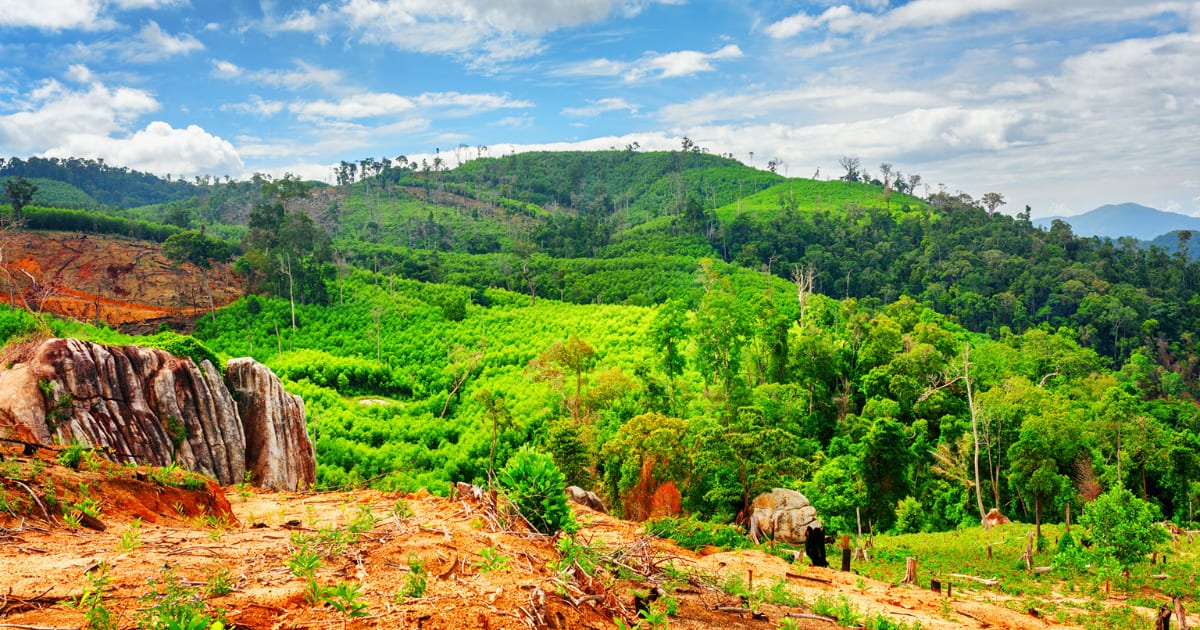
While Robusta coffee plants grow at lower altitudes than the more finicky Arabica, higher-altitude Robusta beans can develop more refined, complex flavors.
The basalt soil and cool climates of Vietnam's Central Highlands region, where most coffee is grown, allow high-altitude Robusta beans to thrive. These conditions enable the beans to mature slowly while producing sugars that ferment into flavors.
So while all Robusta packs a punch, single-origin Vietnamese Robusta harvested from higher elevations offer a more nuanced experience - strong but not one-dimensional. Seek out beans marketed as "Highland Robusta" for a taste of these more elevated brews.
Unique Roasting Methods Like Kopi Luwak Coffee
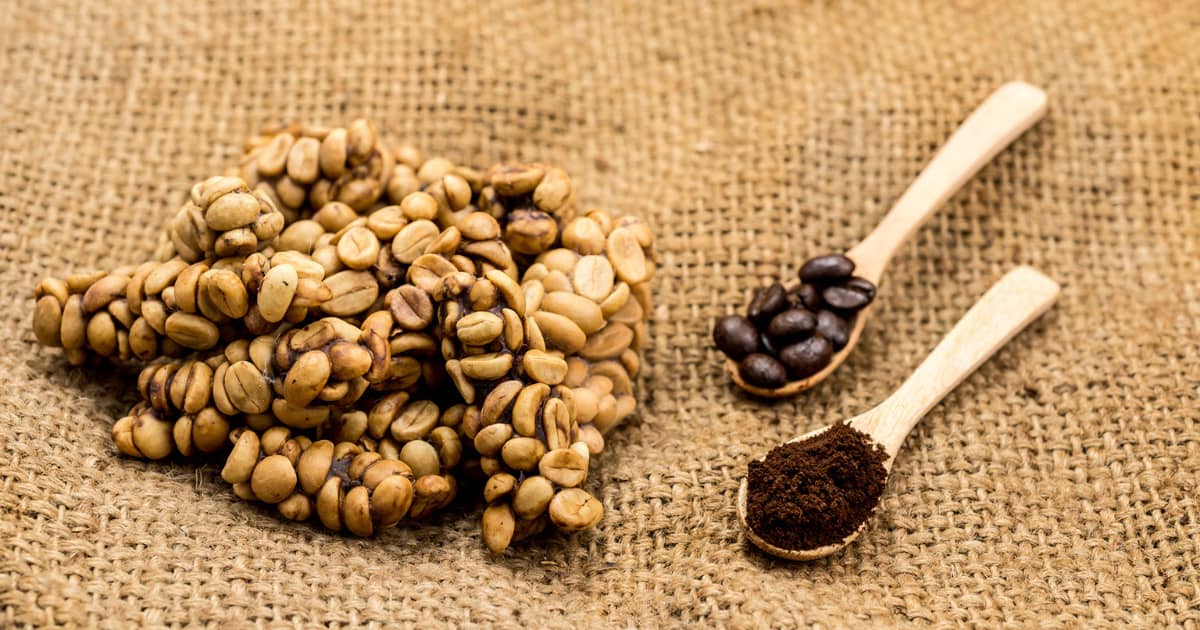
Some specialty Vietnamese coffee producers have developed unique roasting techniques that put a distinctive spin on the classic flavor profile.
For example, some add flavorings like chocolate or caramel to enhance the natural sweetness of Robusta. Others experiment with "kopi luwak" coffee made from beans harvested from civet droppings. The civet's digestive process allegedly alters the bean's flavor.
So while most Vietnamese coffee spotlights the unadulterated intensity of Robusta, keep an eye out for these unique roasting innovations. They offer new experiences while retaining that trademark boldness.
Adding Condensed Milk Softens the Strong Flavor
While some Vietnamese coffee purists may drink it black, many cut the incredible strength of this dark brew by adding sweetened condensed milk.
The syrupy milk balances out the robust flavor with smoothing sweetness and a luxurious creamy texture. It transforms coffee from an extreme experience to an accessible, comforting treat.
Sweetened condensed milk was originally used in Vietnamese coffee during French colonial rule due to limited access to fresh dairy. This tradition endures because it perfectly complements the hardcore Robusta.
Don't be afraid to try your Vietnamese coffee "sua da" style with condensed milk - this classic combination lets you appreciate Robusta's intricacies without being overwhelmed.
FAQ
Is all Vietnamese coffee very strong?
Yes, almost all Vietnamese coffee is made from Robusta beans which naturally contain around twice the caffeine of Arabica beans. Combined with local brewing methods, this yields an intensely strong coffee.
Is Vietnamese coffee stronger than espresso?
Yes, Vietnamese coffee can be even stronger than espresso. A 1 oz espresso shot contains around 40-75 mg caffeine, while a 6 oz Vietnamese Robusta coffee has about 200 mg, equal to 4 espresso shots.
Can Vietnamese coffee be harmful if I drink too much?
Like any highly caffeinated drink, moderation is key. Limit consumption to 400 mg of caffeine per day maximum, equal to about two 6 oz cups of Vietnamese coffee. Too much can cause jitters, headaches, and other side effects, especially if you are sensitive to caffeine.
How can I make Vietnamese coffee less strong?
Using less coffee or adding more water can make it milder. Or try it with condensed milk, ice, or brewing methods like the French press. Arabica beans are also naturally less strong. Ultimately the key is fresh, high-quality beans brewed to your personal taste.
What should I know before trying Vietnamese coffee?
Expect an extremely robust, bitter flavor profile. The intensity can be surprising for those used to mild coffee. Sip slowly and add milk or creamer if it's too overpowering. Focus on enjoying this unique sensory experience.
How was coffee first introduced to Vietnam?
Coffee was first brought to Vietnam by French colonists in the 19th century. The French established coffee plantations growing mostly Arabica beans. Liberica and Robusta beans were later introduced as well. During this colonial period, the Vietnamese people developed a taste for coffee, which then became firmly embedded in their culture.
What kind of beans are used in traditional Vietnamese coffee?
Authentic Vietnamese coffee is brewed using almost entirely Robusta beans. Vietnam is the world's top exporter of Robusta coffee. Robusta thrives in Vietnam's climate and imparts a very strong, bitter flavor. Arabica beans may occasionally be added as a complement.
Does Vietnamese coffee always contain caffeine?
Yes, Vietnamese coffee contains high levels of caffeine due to the use of Robusta beans. Even decaf Vietnamese coffee will have trace amounts of caffeine. Those who must restrict caffeine intake should avoid Vietnamese coffee or carefully monitor their consumption.
What are some tips for brewing milder Vietnamese coffee?
Using a coarser grind, decreasing the coffee-to-water ratio, and stopping the brewing process prematurely can all yield a milder cup. Choosing Arabica beans or adding extra water after brewing can also lighten the intensity. Going with a lighter roast may also help tone down the strength.
What are some ways to drink Vietnamese coffee besides black?
Popular options are served over ice, with condensed milk, and blended with yogurt or eggs. Iced coconut coffee and avocado coffee are also inventive ways to enjoy Vietnamese coffee. These preparations add sweetness and richness that balances the coffee's robust flavor.
Conclusion
Vietnamese coffee clearly earns its notoriety as a powerfully strong and stimulating brew. The combination of acclaimed Robusta beans, gradual phin brewing, and a local palate desiring intensity sets Vietnamese coffee in a class of its own. Savor it black or cut with sweetened milk - either way, this coffee makes no compromises.
Respect the potency of Vietnamese coffee's caffeine levels by consuming it in moderation. But do allow your tastebuds to be dazzled by the many complex flavors contained in this world-renowned brew. The Vietnamese coffee experience is not one to be missed.

